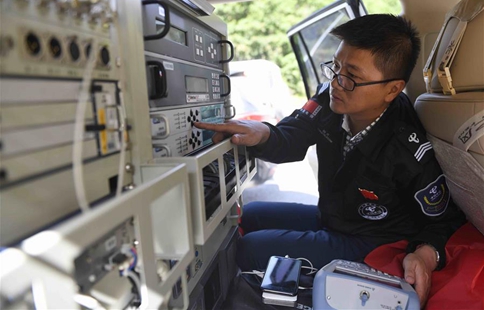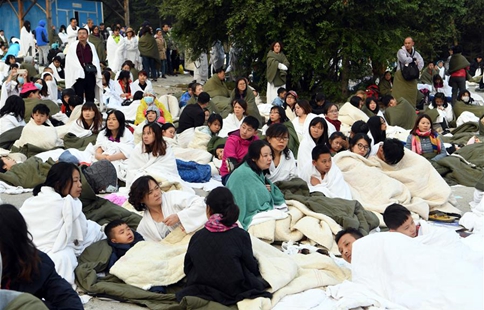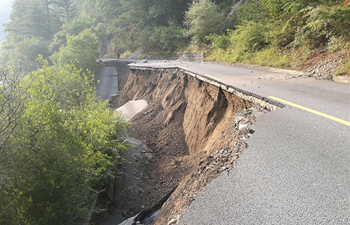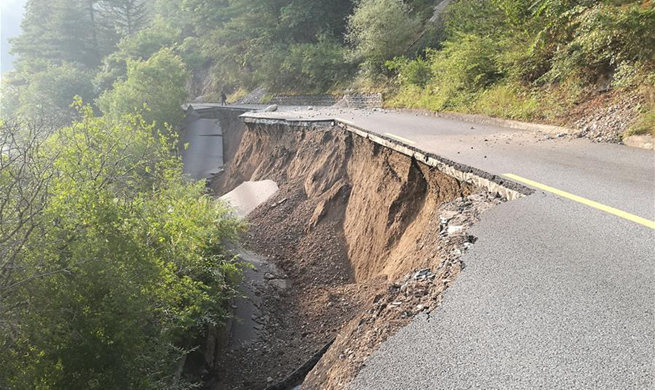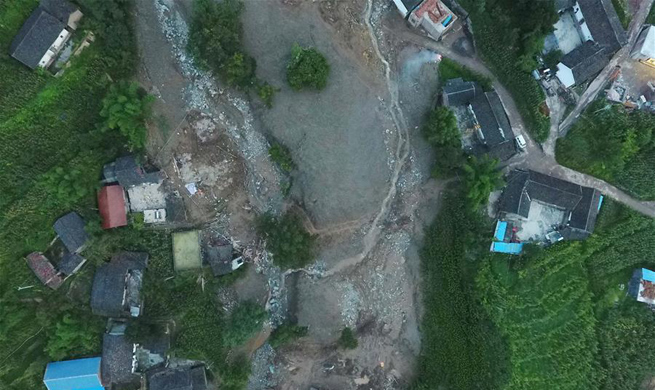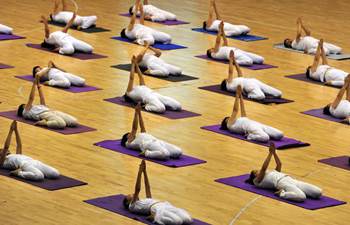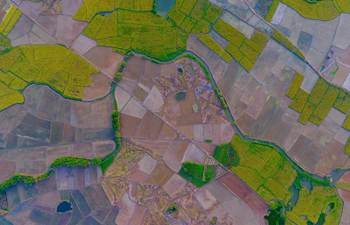By Levi J Parsons
SYDNEY, Aug. 9 (Xinhua) -- A kind of Mars Lab program in Sydney has given children across Australia and the rest of the world the opportunity to drive three Mars rovers as part of the Sydney Science Week.
The Mars Lab at Sydney's Powerhouse Museum has developed a full recreation of the martian surface with red sand, rocks, meteorites and billion-year-old fossils.
Under specialist supervision, children can operate the hi-tech robots using the same remote technology employed on official Mars missions.
"The Mars Lab is mainly used as part of our school and learning program, so students can drive the rover from in their classroom all around the country and as well as around the world," Powerhouse Museum education program producer Mark Scarcella told Xinhua on Wednesday.
Built by the Australian Centre for Field Robotics in collaboration with the University of New South Wales and the University of Sydney, the rovers named Mawson, Continuum and Mammoth are used as "science investigators."
In active Mars missions, Scarella said rovers take measurements of the atmosphere, temperature and wind.
"They also shine lasers onto rocks and can vaporise the rocks to test the chemical composition," Scarella said.
But the primary role of the robotic devices is to look for evidence of life, and children who are involved in the Mars Lab program are also given this mission objective.
"There are special types of fossils that we find on Earth called stromatolites and they're made from bacteria," Scarella said.
"They're fossils produced by bacteria billions and billions of years ago and these bacteria actually still live today on Earth."
"So finding that kind of fossil on Mars would be evidence that there used to be life there in the form of bacteria."
The yard contains two Stromatolite fossils aged 800 million and three billion years, which children are tasked with locating during their mission.
There is also a portion of a black iron meteorite, which is another objective for students to catalogue using the rover's sophisticated depth sensing cameras.
"One of our robots Continuum actually has a laser that simulates what it would be like on real Mars to test the composition of rocks," Scarella said.
Although the three rovers will not be used on Mars, they're an invaluable tool to test different technologies that might one day be included in future missions.
Among some of the challenges that rovers face in the inhospitable conditions are temperatures of minus 100 degrees celsius, as well as intense heat and dust storms.
"Some of the rovers are solar powered and dust storms have come through and actually coated the solar panels in dust, so they could charge themselves anymore," Scarella said.
"Luckily, a tornado came through and actually cleaned the surface off, so they came back to life."
According to Scarella, the ability to trial robotic technology in simulations such as the Mars Lab, is vital to overcoming the challenges of the red planet and also helps expand Australia's involvement in the development of space travel.
"One of the Mars 2020 mission planners is an Australian women, Dr Abigail Allwood and we have a lot of students working on technology such as these rovers for future missions as well."
At the moment NASA and a private firm Mars One, plan to send teams of astronauts to the red planet within the next 15 years.
"The problem is that it's a one way mission, we don't have the technology to send you there and bring you back," Scarella said.




